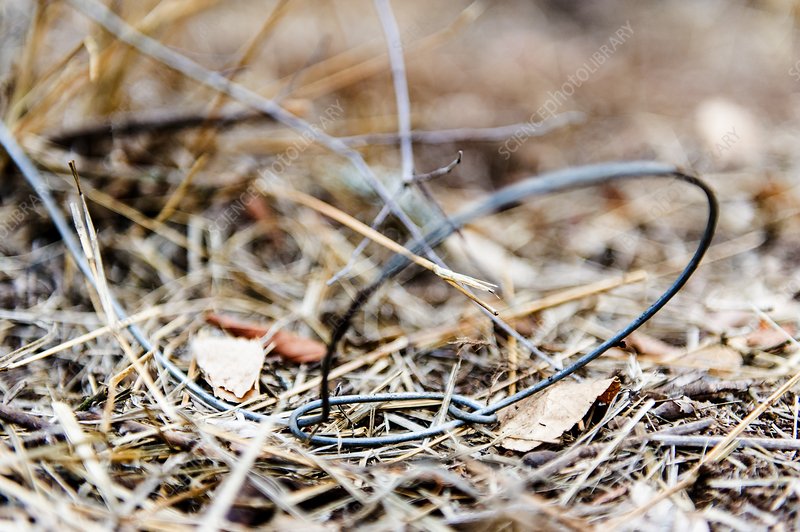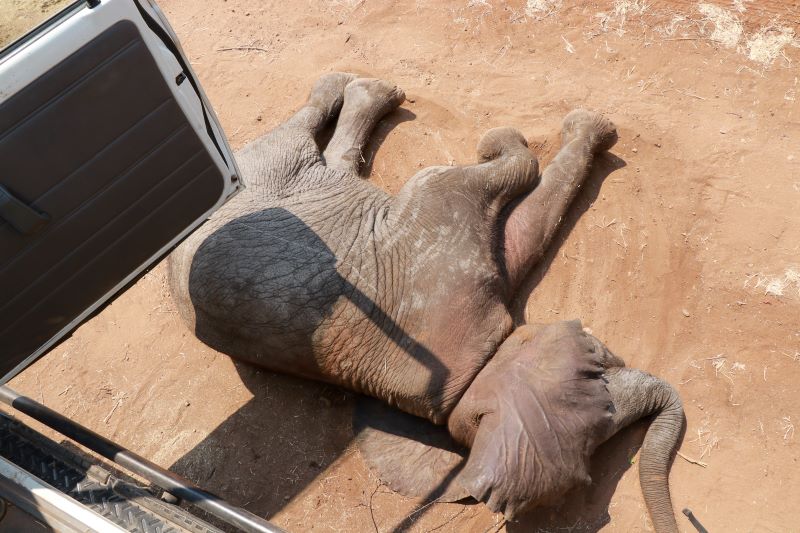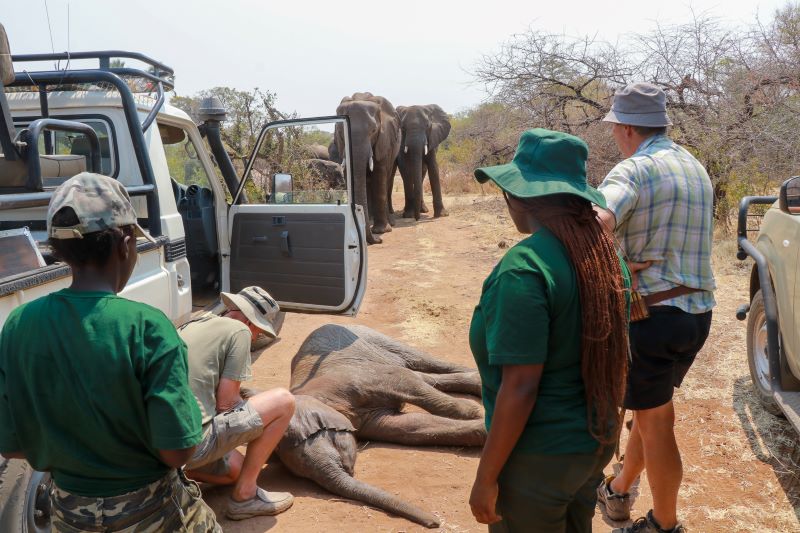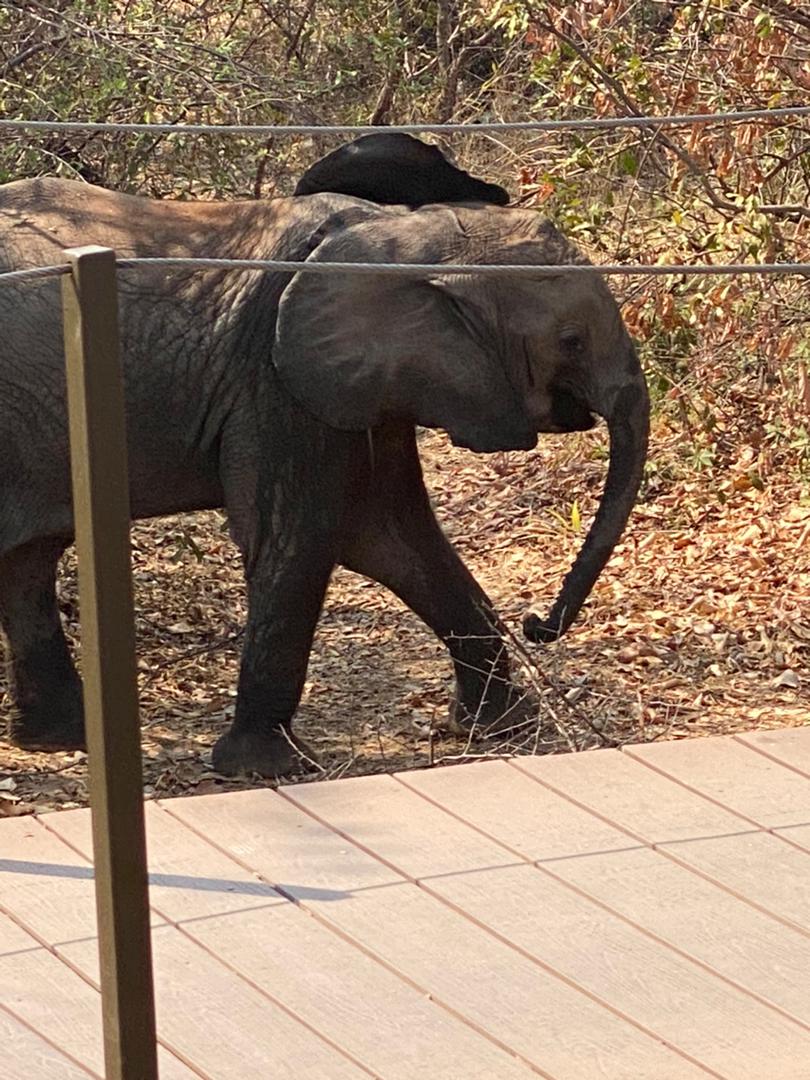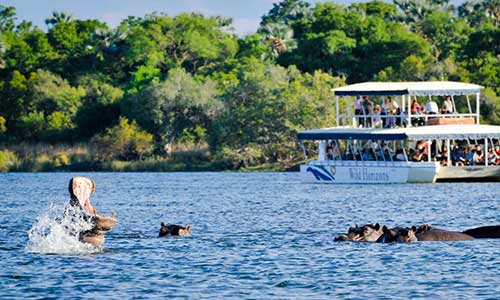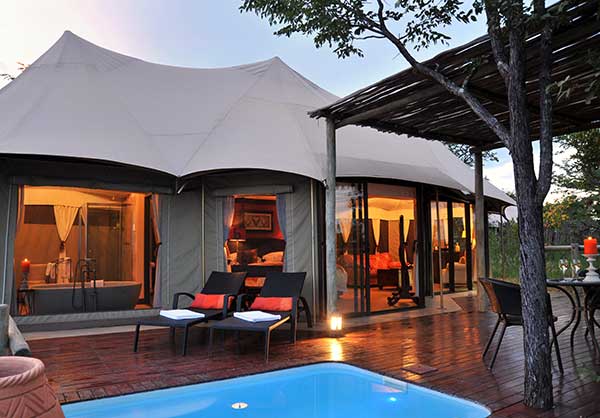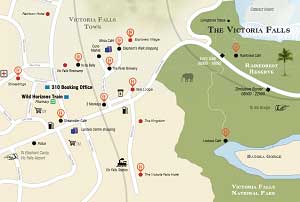Oct 1, 2023 | Eco Tourism, Green Tourism, Old Drift Lodge, safari guide, Safaris, Sustainiable Tourism, Victoria Falls, Victoria Falls Wildlife Trust, Wildlife
Collaborative Conservation Efforts in the Zambezi National Park
In the expansive wilderness of the Zambezi National Park, Old Drift Pro Guide, Vusa Sibanda, discovered a distressing scene that would set in motion a remarkable and heart-warming tale of heroic conservation efforts. Within a tight-knit herd of approximately 15 elephants, a young calf was found in a desperate plight, ensnared by a wire snare that had inflicted deep and painful wounds around its neck.
While poachers mostly target antelope and other smaller game, the snares are indiscriminate. The crude, noose-like traps often maim or kill non-targeted animals such as lions, giraffes and in this case, a baby elephant.
Vusa called Leslie, the Old Drift Lodge manager on duty at the time, and Les wasted no time in reaching out to the Victoria Falls Wildlife Trust, urgently seeking their assistance. The Trust’s dedicated team has successfully freed hundreds of snared animals, including giraffes, buffaloes, lions, hyenas, elephants, kudus, waterbucks, warthogs, and impalas. They arrived at the scene, ready to embark on a challenging rescue mission.
The very nature of snares makes them nearly impossible to remove; the harder an animal pulls, the tighter the snare gets, and rescuing a trapped baby elephant within a protective elephant herd is a complex and risky endeavour.
To minimize potential danger from the anxious mother during the rescue, the mother and calf were simultaneously darted with a sedative.
The injured calf sought solace closer to its mother, and one of the quick-thinking guides manoeuvred a vehicle to gently guide the mother away, ensuring the safety of the rescue team and the vulnerable calf.
Once the calf was safely immobilized, the team carefully approached, skilfully removing the wire snare that had inflicted so much pain. With utmost care and precision, they treated the wounds before reversing the sedative’s effects. As the baby elephant regained consciousness, it instinctively tried to reunite with its mother, but a protective sibling intervened, shielding her tranquillized mother from any harm.
As the sedatives wore off and both elephants awakened, the emotional climax of this remarkable rescue unfolded as the mother and calf were reunited. With their wounds tended to and their spirits rekindled, they rejoined the rest of the herd, who had remained close by, protectively observing the entire operation.
This incredible rescue mission would not have been possible without the heroic efforts of individuals like Adrian Read, Vusa Sibanda, the support of Zimparks, the dedication of Les and Old Drift Lodge, and the unwavering commitment of The Victoria Falls Wildlife Trust.

Small Actions Create Huge Change: How You Can Support the Victoria Falls Wildlife Trust
Since its inception, the Trust has tirelessly worked to remove snares from National Parks areas in the Victoria Falls region and rescue wildlife trapped by the contraptions. Each rescue mission requires drugs, medications, sterile equipment, sampling supplies, as well as personnel and vehicle/aerial support. The drugs and equipment used to remove the snare from 1 elephant cost approximately USD $250.00. If you would like to support their rescue missions, you can make a donation on their website. Find out more here: https://vicfallswildlifetrust.org/projects/fighting-wildlife-crime/
Apr 14, 2016 | Family Friendly, Family Friendly Activity, Guides, safari guide, Safaris, Things to do in Victoria Falls, Victoria Falls, Wild Horizons Activites, wild horizons activities, Wildlife
The muggy afternoon heat was beginning to dissipate as Mike, our incredibly knowledgeable and charming guide, arrived to collect us from The Stanley and Livingstone. Almost immediately we saw a herd of zebra. This fairly common sighting suddenly became an interesting study in how zebra stripes act as a private air conditioning system, allowing them to stay blissfully cool in the heat of a Zimbabwean afternoon. Equally fascinating, although less romantic, we learnt that within the first few days of being born, baby zebras eat their mother’s dung. This provides them with roughage and ample bacteria to fight off infection during their vulnerable first days.
 Suddenly we were startled by a warthog whose impressive size and demeanor was somewhat diminished by the very obvious lack of his tail. Mike explained to us that it is common to see warthogs with no tails on the 6000-acre reserve, as there is fierce competition between warthogs and hyenas for the limited number of burrows. About 70% of the warthogs have lost their tails from reversing into a burrow and finding it occupied by sharp fanged rivals!
Suddenly we were startled by a warthog whose impressive size and demeanor was somewhat diminished by the very obvious lack of his tail. Mike explained to us that it is common to see warthogs with no tails on the 6000-acre reserve, as there is fierce competition between warthogs and hyenas for the limited number of burrows. About 70% of the warthogs have lost their tails from reversing into a burrow and finding it occupied by sharp fanged rivals!
Alerted by the smell, we were thrilled to see a pile of rhino faeces on the road. Mike explained to us how rhino have a unique system of detecting the presence of other rhino in the area. Male rhino ensure that after defecating they leave traces of urine and faeces on their back legs. These ‘calling cards’ drop off as he walks, clearly demarcating his area for other would-be trespassers! Female rhino dung can indicate an increase in oestrogen for potential suitors in the area.
Much like we humans will sniff a glass of wine trying to discern different scents and notes, so a rhino employs a similar, albeit rudimentary method to glean information. So the next time you raise a glass of wine to your nose and inhale deeply, think of the rhinos, one of which could be doing exactly the same thing at the same time. Cheers to you both!
Our glorious afternoon was complete when suddenly we came across not one, but five Black Rhino! Unperturbed by our presence and obvious excitement, these magnificent creatures strolled leisurely up to our vehicle, sniffing (of course) the air inquisitively and coolly regarding their star struck visitors. We realized how supremely privileged we were to see these 5 rhino (the herd comprises 7 in total) when Mike pointed out that the total black rhino population in the world stands now at a mere 1500. Depressing news indeed! For this reason the rhino on the reserve are regularly de-horned to deter poachers.
After the privilege of watching these incredible creatures, we made our way to the dam. Progress was delayed firstly by a herd of elephants waiting patiently for the babies to stop gambolling on the road and then by an enormous herd of buffalo whose progress indicated that they too were feeling the lethargy and peacefulness of the early evening. After a glorious sunset, accompanied by perfectly made gin and tonics, delicious nibbles and a myriad of bird activity, we reluctantly left this stunning display of nature to make our way home, all of us enriched by an incredible afternoon in the capable hands of Mike.

TIPS:
- Wear neutral coloured clothing, a hat and sunglasses.
- Take cameras and binoculars- there’s plenty to see!
